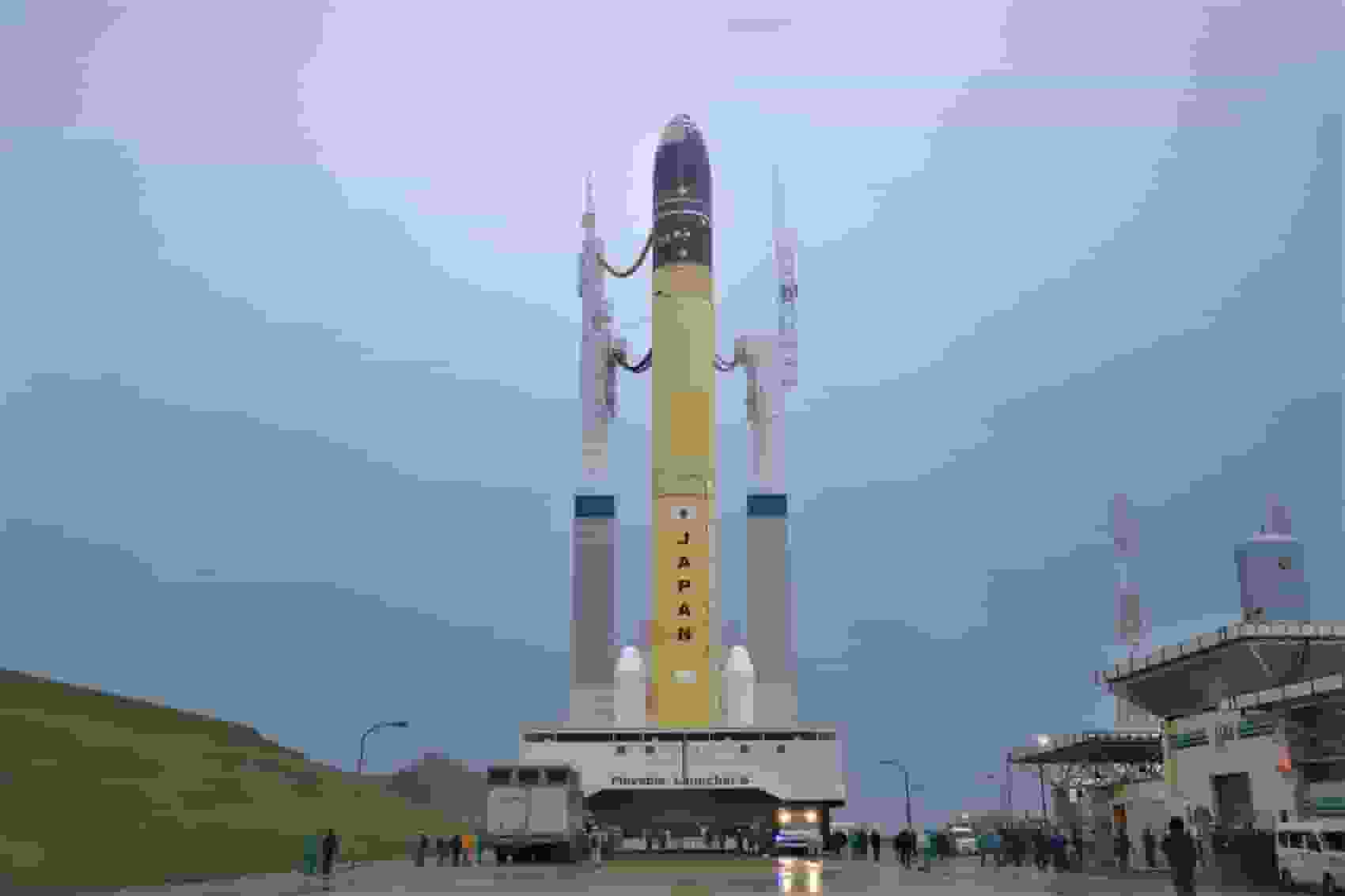
After Japan’s H3 rocket failed to reach orbit on Monday, the country’s space agency is trying to figure out what went wrong and what it implies for Japanese space strategy moving forward.
The H3 rocket lifted off on Monday at 8:37 p.m. ET taking off from Japan’s Kagoshima Prefecture’s Tanegashima Space Station.
Japan Forced To Destroy H3 Rocket After Failed Launch
Less than 14 minutes later, the H3 upper stage and its payload, the ALOS-3 advanced Earth-observing satellite, were reduced to burning shards that fell into the Pacific Ocean a few hundred miles off the Philippine coast.
The lone second-stage engine failed to ignite after successfully separating from the booster, prompting controllers to issue the feared self-destruct instruction. The failure was caused by the second stage, not the first, which was a great surprise given that the first stage used the experimental LE-9 engines.
An electrical fault caused the rocket to fail to leave the ground during the first launch attempt on February 17. Whereas the first attempt resulted in a pad abort, the second resulted in catastrophic failure.
Read more: SpaceX: Thursday’s launch of a Falcon 9 with OneWeb satellites was followed by a Cape landing
Cause Of Launch Failure

The Japan Aerospace Exploration Agency (JAXA) elected to take the chance, and as a result, it lost a satellite that cost $28.2 billion yen to develop—roughly $206 million (the cost in yen dates back to 2020, so its closer to $265 million depending on the average exchange rate for that year).
ALOS-3, also known as DAICHI-3, was no child’s plaything. The 3-tonne imaging satellite outperformed its predecessors, with imaging resolutions as fine as 2.62 feet (0.8 meters) and a field of view of 43.5 miles (70 kilometers). JAXA intended to use ALOS-3 to improve global geospatial data, monitor Japan’s coasts and interior, and, most importantly, track natural disasters.
According to The Japan Times, JAXA said on Wednesday that the second-stage engine likely failed to ignite owing to a malfunction in the power system, but that it is still investigating.
Control equipment aboard the rocket is required to send an ignition signal to the upper-stage engine, and as JAXA suggests, this equipment may have failed to do so. Another possibility is that the signal was transmitted but did not reach the engine for some reason.
The real cause could be impossible to determine, especially because the rocket has been fully destroyed and is no longer recoverable.
Read more: Which states provide weatherization assistance program? Here’s how much you can claim!

